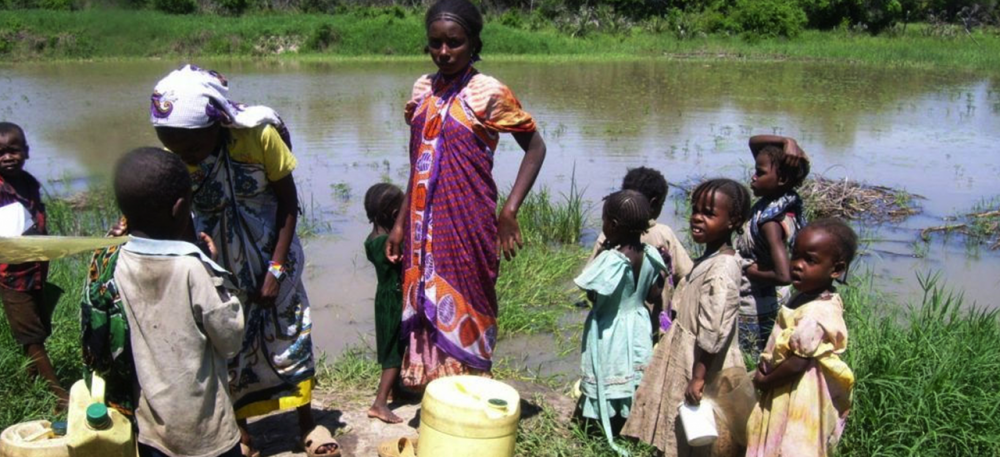South Sudan Humanitarian Response Plan 2023-2025

The number of people in need of humanitarian assistance in South Sudan stands at 7 million, or well over half the population.
Health sector funding requirements
US$ 157.8 million for 2023-2025.
AHO funding needs
US$ 67.8 million for 2023-2025.
Beneficiaries targeted by health partners
Health partners will target 2.4 million people in 2023-2025.
- 42% female
- 21% children
- 22% male
- 11% elderly
Background
The number of people in need of humanitarian assistance in South Sudan stands at 7 million, or well over half the population. On-going fighting and surges of violence in new areas have forced people to flee their homes, many of them multiple times. The number of people uprooted since the start of the conflict in 2013 has reached more than 4 million, including 1.9 million internally displaced people (IDPs), with up to 85% estimated to be children and women.
Violence and rights violations continue unchecked and have become a persistent reality for civilians. Internally displaced people’s access to services has eroded with insecurity and economic decline. Particularly vulnerable groups such as children, people with disabilities and older people, suffer the most intense consequences of sustained displacement, violence and lack of access to services.
Continued economic decline has undermined people’s access to basic resources. Long gaps and inconsistency in salary payments to public sector employees have impacted the provision of health-care and other services.
Hunger and malnutrition have escalated, with about 1.1 million children under age five estimated to be acutely malnourished and in need of lifesaving services. Although localized famine was stopped in 2017, severe food insecurity continued to increase for the fifth consecutive year. Severe food insecurity is expected to continue in 2018, with the worst-case scenario of a return to famine in multiple locations across the country.
Health sector situation
The population is highly susceptible to disease and conflict-related injuries. Disease outbreaks have lasted longer than ever and reached previously unaffected areas, weakening already vulnerable people’s ability to cope with multiple shocks. In 2017, South Sudan has seen the longest-running cholera outbreak in its history, which began in June 2016 and is expected to continue into 2019.
Destruction of health-care facilities (only 22%of health facilities are fully operational), attacks on health workers, and shortages of drugs and skilled professionals mean access to health care is increasingly limited. The health facilities which are operational face challenges of delivering the complete basic package of health-care services. The absence of services means that cases needing emergency obstetric care, as well as tuberculosis, HIV/AIDS and mental health issues go largely untreated, causing increased morbidity and mortality.
Inadequate infection control and health-care waste management, combined with lack of water quality monitoring in health-care facilities, pose a significant public health threat. Preventable diseases like measles spread unchecked, and cases of kala-azar and meningitis are on the rise. The mental health and psychosocial burden increases each day that the conflict is prolonged.
The response will target 47 per cent of the most vulnerable people in need of humanitarian health care. All IDPs will be targeted, given their vulnerability and susceptibility to disease.
Health sector strategic objectives
Objective 1: Improve access and scale-up responsiveness to essential health-care needs of the vulnerable populations by focusing on the major causes of morbidity and mortality.
Objective 2: Prevent, detect and respond to epidemic-prone disease outbreaks and promote WASH in health facilities for conflict-affected and vulnerable populations.
Objective 3: Implement inclusive and dignified essential clinical health services targeting specific needs of vulnerable people.
Objective 4: Increase access to mental health and psychosocial support services for vulnerable people.
AHO projects in South Sudan
Integrated response on nutrition, focusing on psycho-social support to mothers and WASH in stabilization centres and implementation of the MIYCN package, prioritizing IPC phase 4 and 5 areas, and displacement settings.
SSD-19/N/1408199900
Requested funds US$5 126 500
Emergency Health Services and core pipeline support to the populations affected by the Humanitarian Crisis in South Sudan
SSD-19/H/17211980000
Requested funds US$ 10 001 534
Sustain access and availability for consolidated safe drinking water to emergency affected population and areas by epidemic prone diseases including cholera and malnutrition in South Sudan
SSD-19/WS/1236197300
Requested funds US$ 2 534 800

